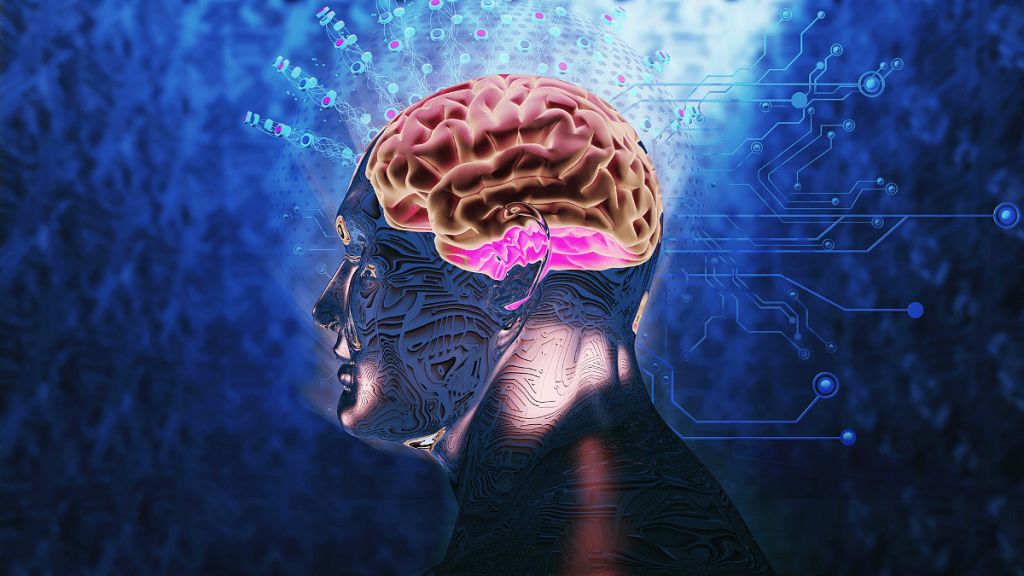
In recent years, plastic pollution has emerged as an urgent environmental issue, dominating headlines and sparking global discussions. However, a groundbreaking study from the University of New Mexico has shifted the focus from environmental impacts to human health implications.
The researchers have discovered alarming levels of microplastic particles accumulating in human brain tissue, with concentrations rising by 50% over the past eight years. As the implications of this research unfold, it’s essential to examine the potential threats caused by these tiny particles to our bodies. Keep reading as we understand this study deeply and what it means to us.

Microplastics found in the brain
Scientists examining postmortem brain tissue found microplastic levels significantly higher in the brain compared to other organs, such as the liver and kidney. The study also revealed that individuals suffering from dementia had up to ten times more plastic particles in their brain tissue than those without cognitive impairment.
"This really changes the landscape. It makes it so much more personal," says lead researcher Matthew Campen, a Distinguished and Regents’ Professor at UNM’s College of Pharmacy.

Microplastics originate from everyday products like water bottles, synthetic clothing, and plastic packaging. As these materials degrade, they release tiny plastic fragments that can enter the human body through food, water, and air.
Previous studies have detected microplastics in human blood, organs, and even placentas, but this study marks the first time such high levels have been found in brain tissue. The 2024 samples showed a median concentration of 4,917 micrograms per gram—roughly equivalent to four to five paper clips’ worth of plastic per kilogram of brain tissue.
How do microplastics enter the brain?
The study identified polyethylene as the most common plastic present, widely used in food packaging and plastic containers. Advanced microscopy detected plastic shards as small as 200 nanometres—small enough to cross the blood-brain barrier.
While the chemical toxicity of these particles is still under investigation, researchers warn that their physical presence could lead to serious health risks.
"They could even contribute to protein aggregation linked to dementia," Campen explains. “But we just don’t know yet."
The rise in global plastic production
By analysing brain tissue samples from 2016 and 2024, researchers observed a dramatic increase in microplastic concentrations over a short period. Looking further back, they examined older samples from 1997 to 2013 and found quite lower levels of plastic. This reflects the rise in global plastic production and pollution over recent decades.
Published in Nature Medicine, the study also explores potential sources of microplastic exposure. Researchers suspect food—particularly meat—is a primary contributor. Factors like contaminated water in agriculture, plastic-laden animal feed, and fertiliser derived from livestock waste may all play a role.

What happens next?
Even if plastic production were to stop immediately, existing plastics would continue to break down for decades, further increasing contamination levels. To ensure the accuracy of their findings, researchers employed advanced imaging and chemical analysis techniques. Campen warns that the continued accumulation of microplastics in the brain may have unknown long-term effects on human health.
The study raises critical questions about the impact of plastic pollution on human biology. As microplastic concentrations in brain tissue continue to rise, scientists must determine the full scope of potential harm. As Campen puts it, "I have yet to meet anyone who says, ‘There’s plastic in my brain, and I’m fine with that.'"